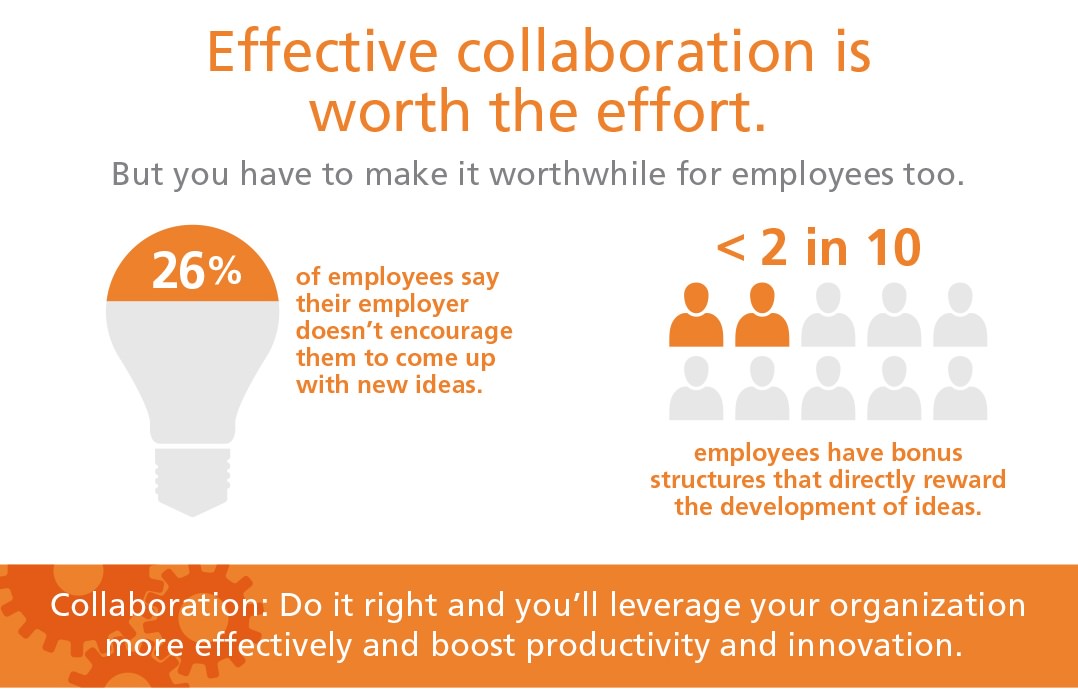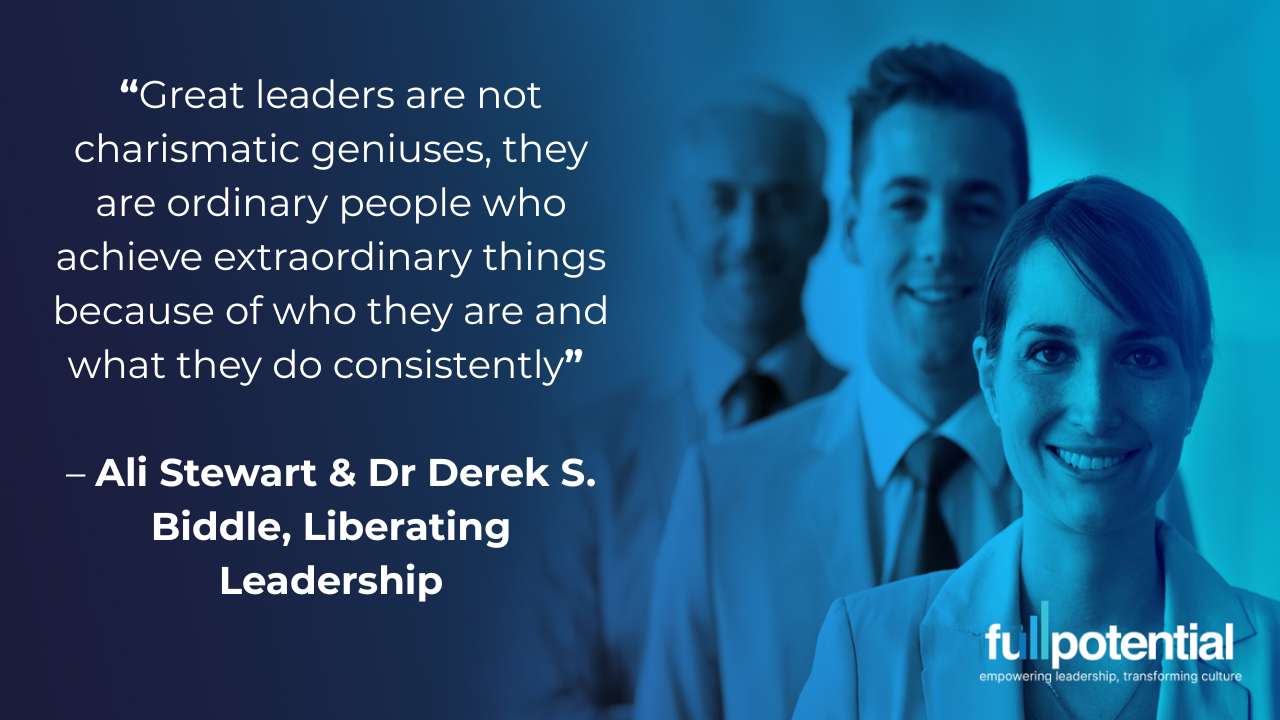Why collaboration is difficult and how to make it easier

Many organisations see collaboration as a critical leadership capability for maximising effectiveness, both now and in the future. With a high degree of downsizing, restructuring, mergers, acquisitions and business transformation taking place in many organisations, the ability to collaborate with all parties to achieve a shared goal is vital. But first, how do we define collaboration? Collaboration is about working together to achieve shared success. Cross-functional collaboration within an organisation is as important, if not more so, than external collaboration. When done well, it can result in significant sales growth, a more co-ordinated customer experience, product innovation, better operations and cost cutting savings. Predictions show that 50-70% of future products will come from collaborative alliances1.
What gets in the way of collaboration?

The 3 biggest reasons why collaboration is challenging
In my experience collaboration is challenging for individuals, teams and organisations for the following 3 reasons:
- People need to have high levels of emotional intelligence and a well-developed heart-brain. In our research we asked line-managers to rate their leader’s self-awareness and self-management, their social awareness and ability to empathise and build trust, plus their relationship management skills. Only 25% of leaders scored highly2. 75% of leaders found this a challenge. Common destructive behaviour of leaders who are not self-aware included: low awareness of blind spots, defensiveness, conflict seen as a battle to win and lack of awareness of the climate created.
- People need to expand their infinite brain – Be willing to let go of control, empower others and believe in the greater possibilities that collaboration brings. There is a degree of ego-less-ness required to collaborate effectively and work in partnership. This requires a shift in mind-set for many.
- People don’t take the time to get to know each other well enough. They don’t know each other’s strengths, experience or expertise. Consequently, they fail to value what each member of the team can contribute. As a result there is often a lack of clarity, ownership and accountability to make things happen.
How to make collaboration easier – 3 keys to success
Collaboration is a simple concept that we make too complex. The 3 simple keys to success are:
- Re-define success – create a greater purpose that goes beyond the day-to-day work.
- Involve others – build trust, open-ness and inclusivity. Create positive interdependence and manage conflict by balancing co-operation and assertiveness
- Agree mutual accountability – know each other’s strengths and value. Clarify goals and mutual responsibility for decisions and results.
Re-defining success

Involving others
Collaborating and involving others requires high levels of trust, direct interaction among the individuals concerned, negotiation, discussion, conflict management and accommodating other people’s perspectives. Coupled with that is a requirement to be both co-operative and assertive and knowing when to lead and when to be led. Some ways of building trust are: listen first, talk straight, demonstrate respect, create transparency, show loyalty, deliver results, confront reality, clarify expectations, practice accountability, keep commitments and extend trust. Thomas Kilman’s conflict model is a great way of understanding your own conflict style and how to work with others.
Agreeing mutual accountability
Use your rational, thinking brain to get clear on collaborative goals and the tasks in hand. Deploying a model such as C.I.G.A.Rto map out your approach can improve effectiveness and mutual accountability. C.I.G.A.R works by helping you fully understanding each element of the goal – C= Current reality, I= Ideal outcome, G= Gaps between the current and ideal, A= Action and accountability and R= Review).
Reaping the rewards of collaboration

- Who do you need to collaborate with and why?
- What might get in the way of doing it well? What are you willing to do about that?
- What will you do differently as a result of reading this blog?
Sources
- Morten Hansen, Harvard Business Review
- Radical Collaboration: Five Essential Skills to Overcome Defensiveness and Build Successful Relationships; Tamm and Luyet; 2005






